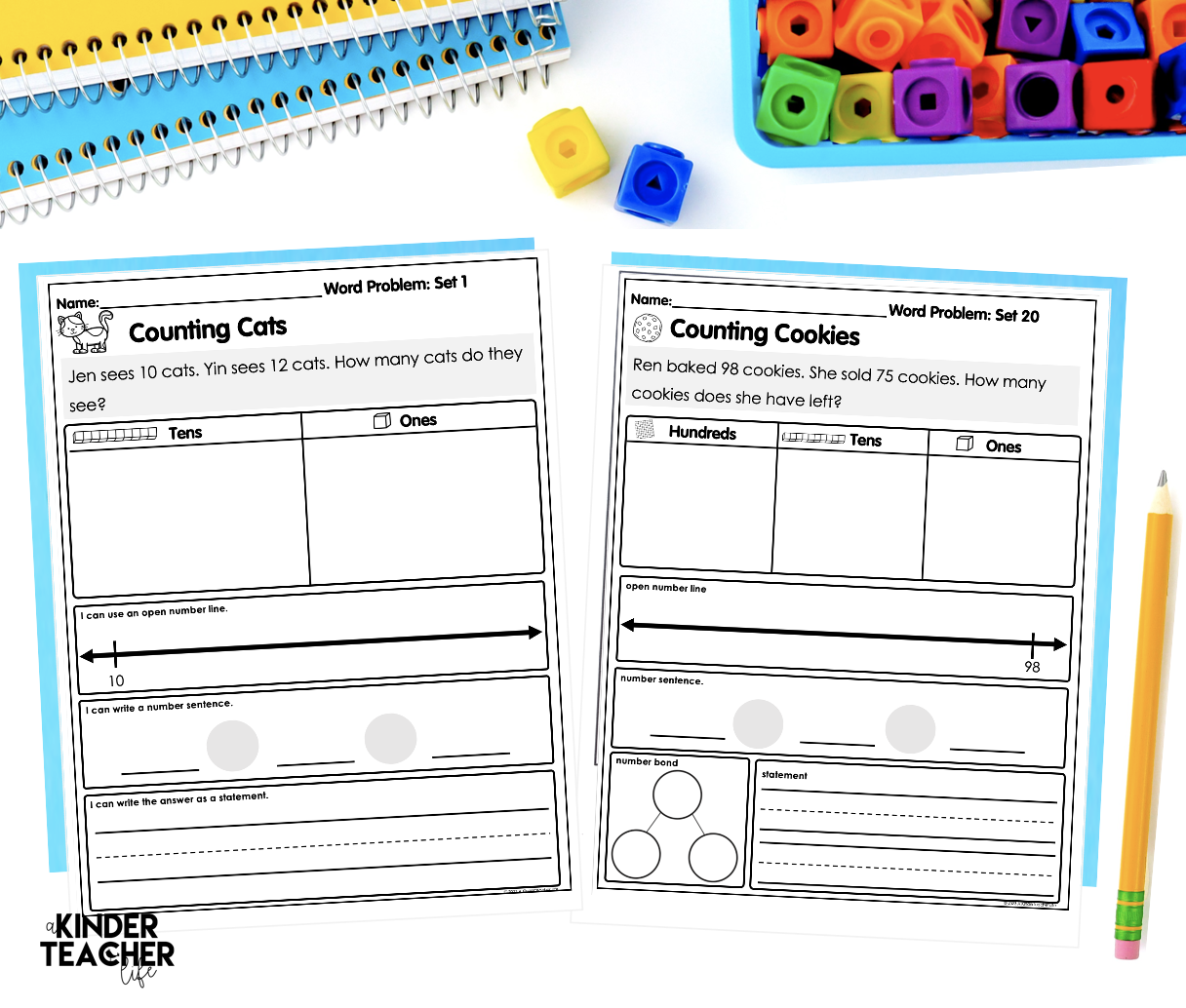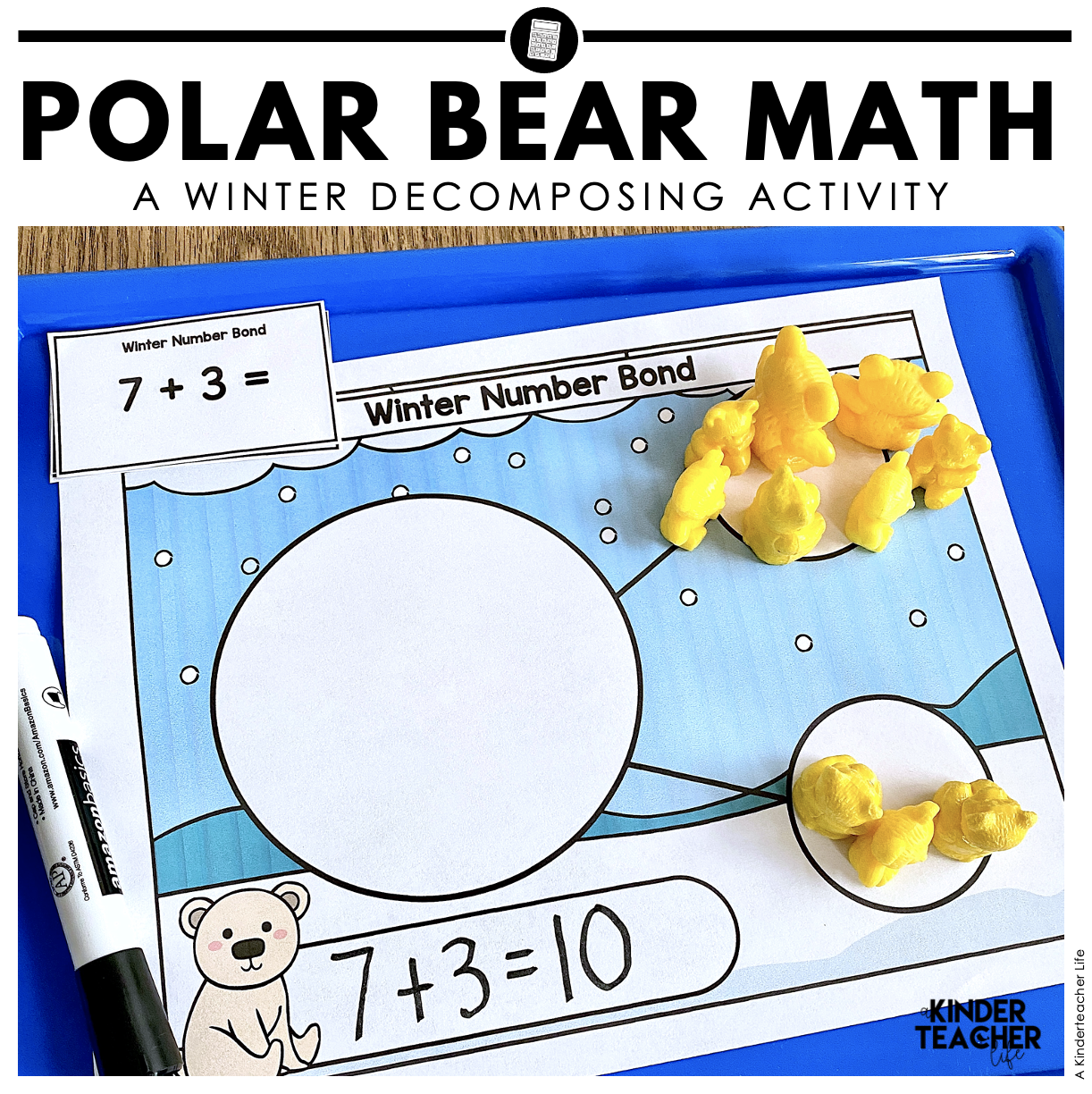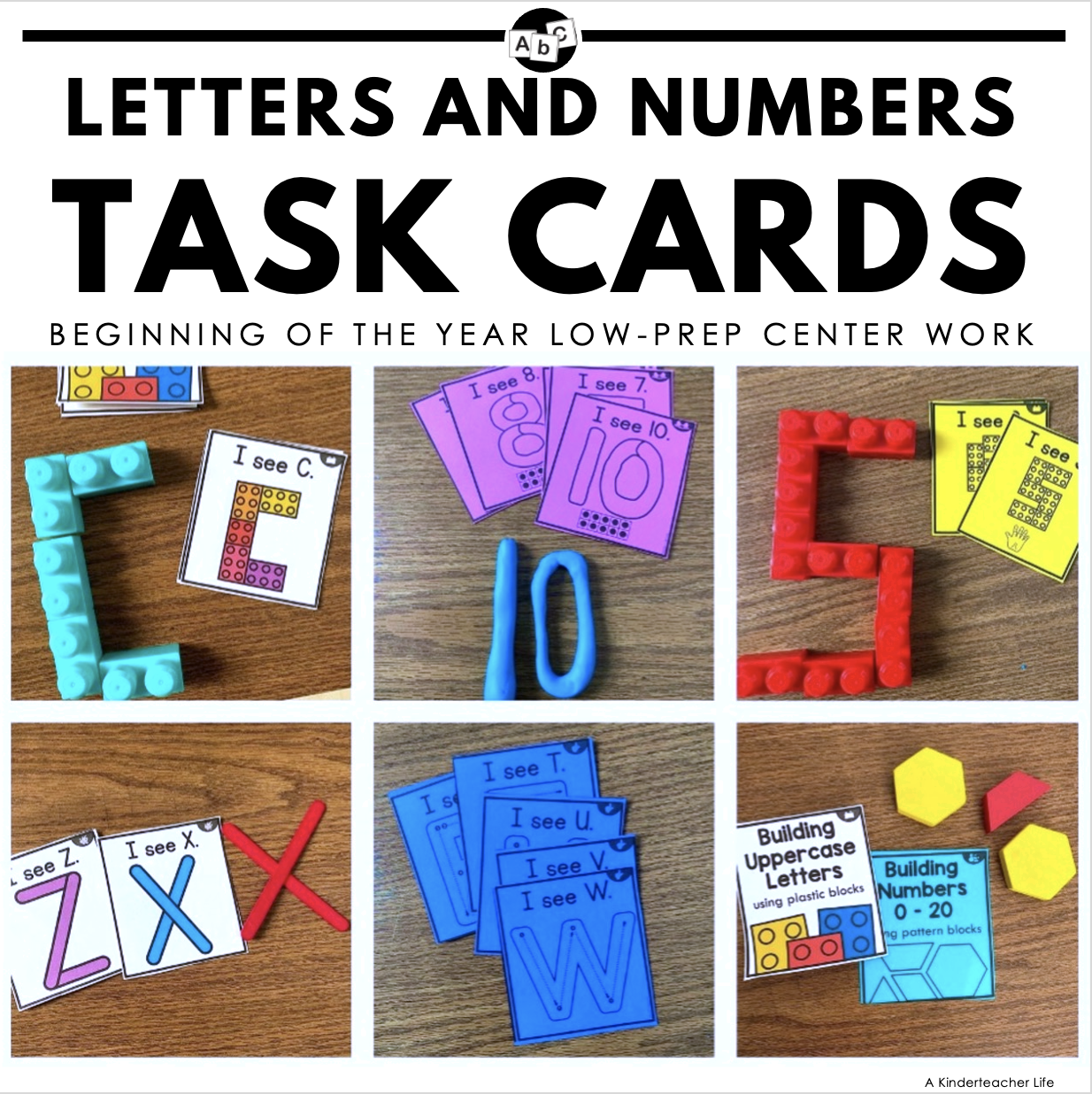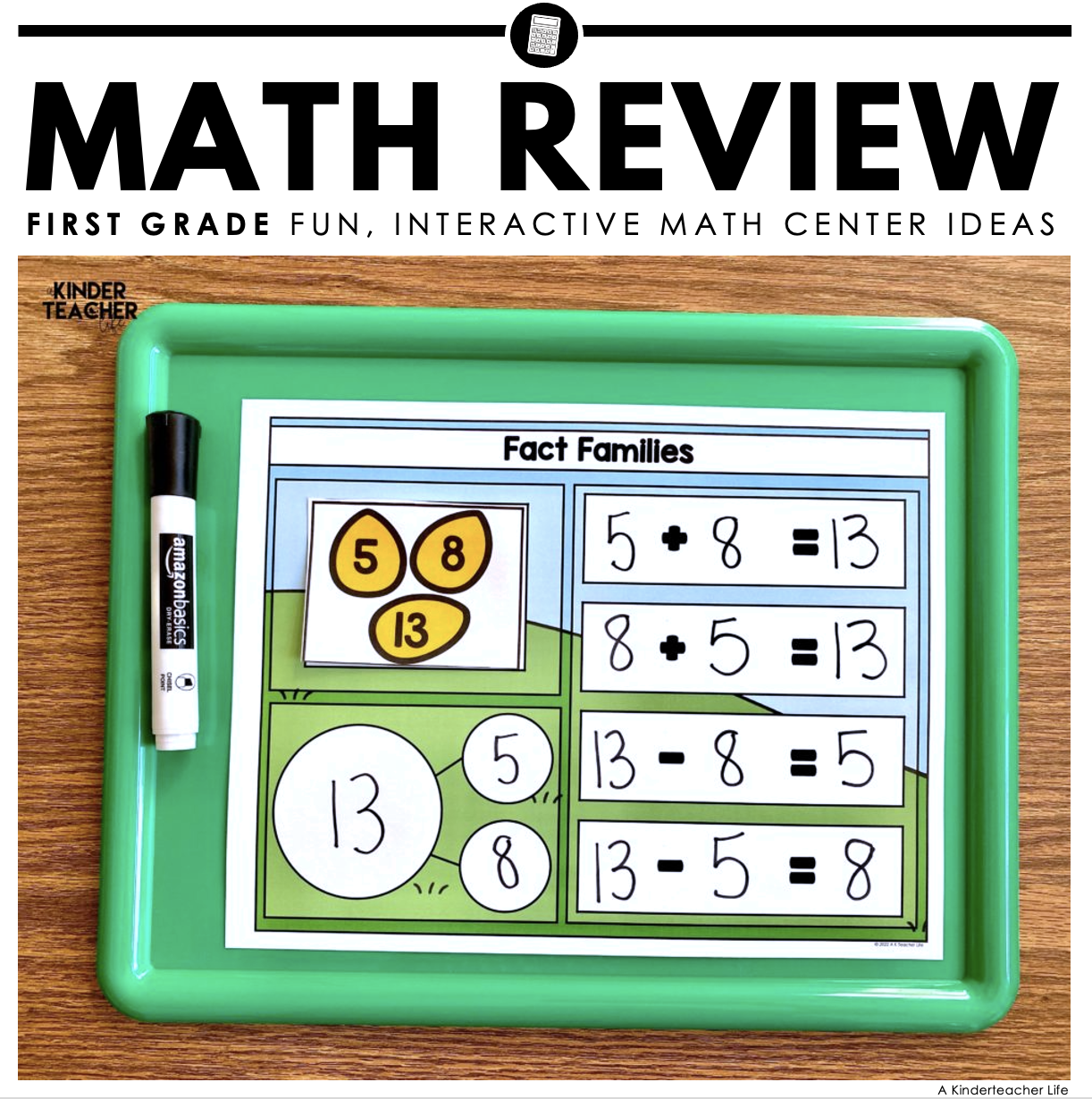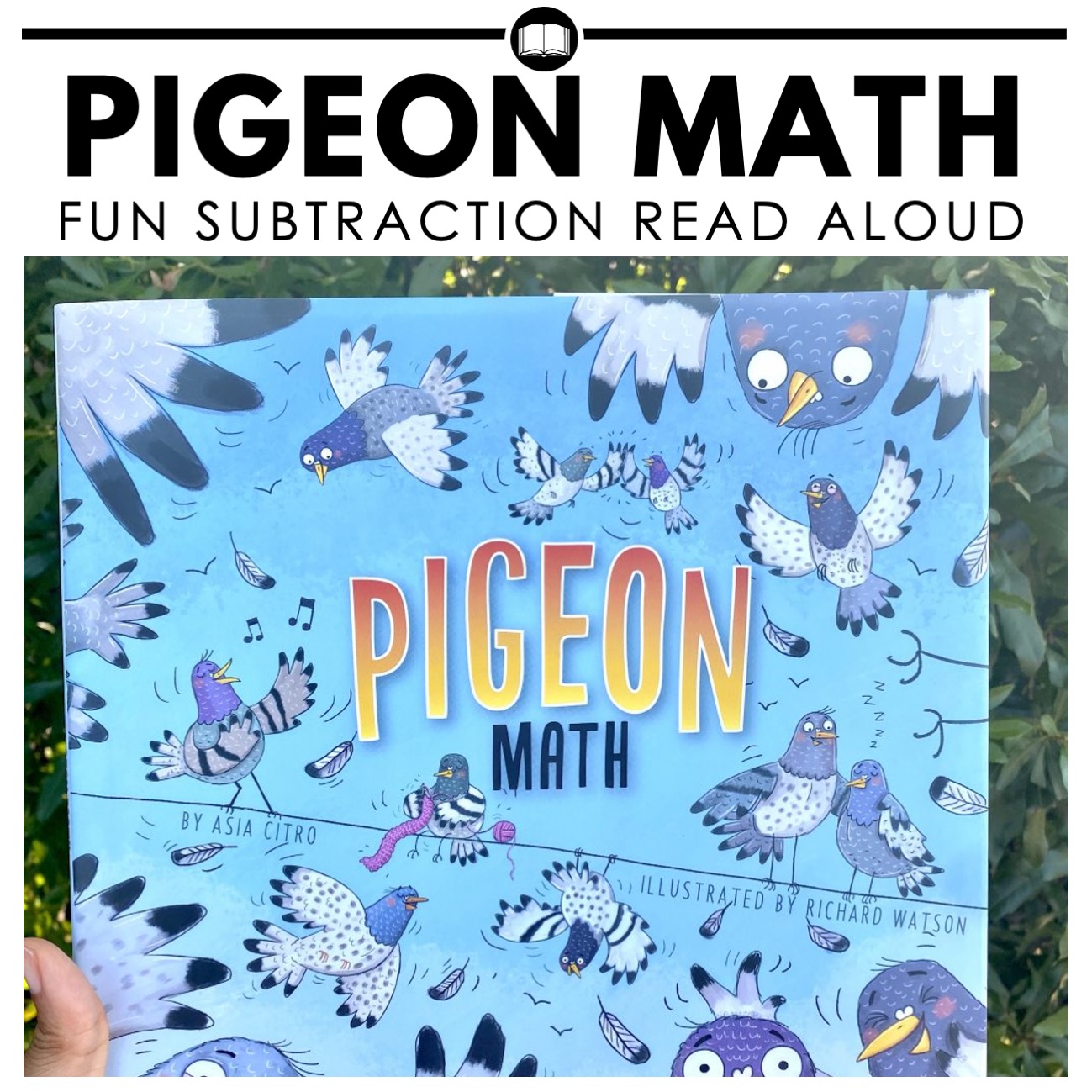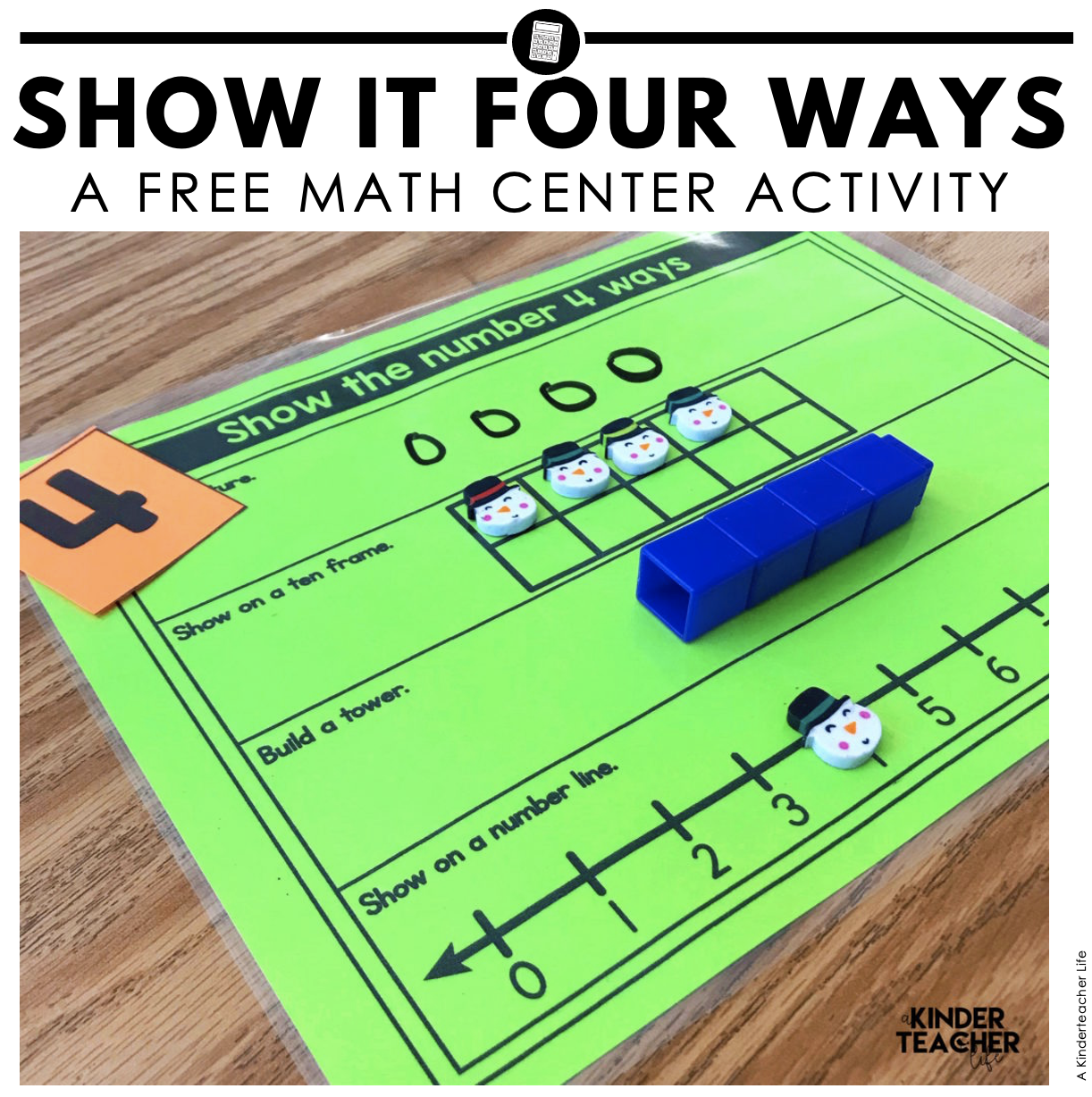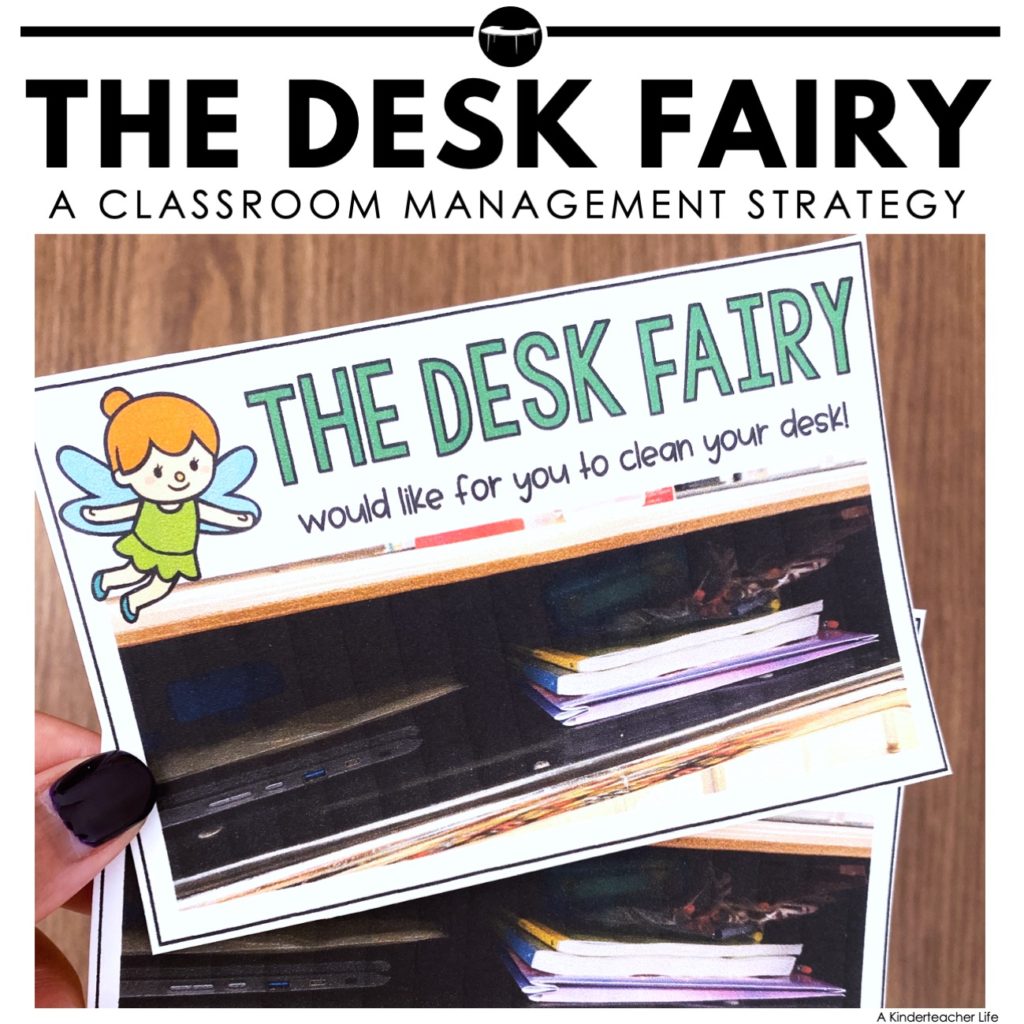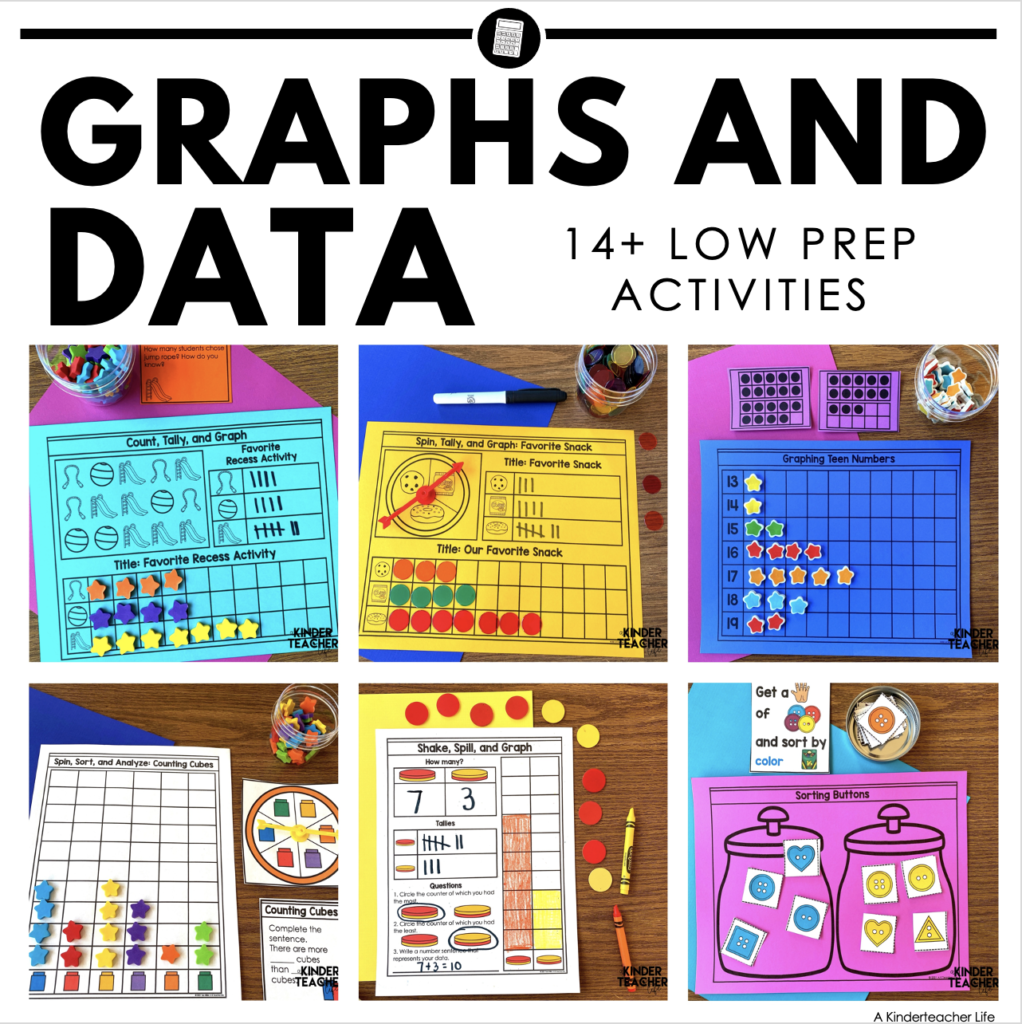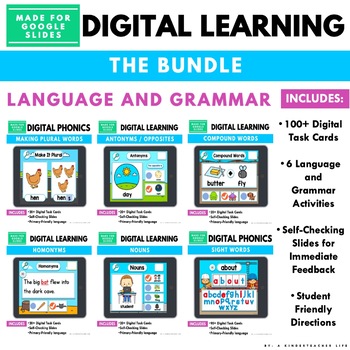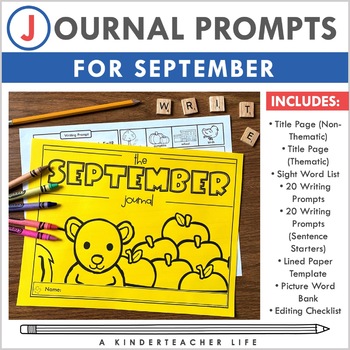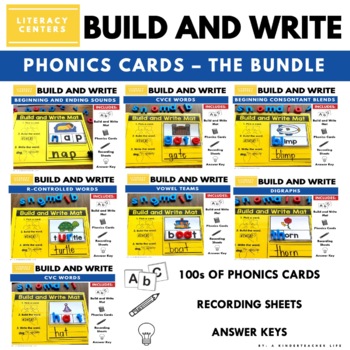Addition and Subtraction Strategies for Kindergarten
Learning addition and subtraction is an important milestone for kindergarten children. These foundational math skills lay the groundwork for their future mathematical understanding. In this blog post, I will explore some practical tips and strategies to help kindergarten kids grasp addition and subtraction with ease AND enjoyment.
Start with Concrete Manipulatives
Kindergarteners learn best through hands-on experiences. Use manipulatives like counting blocks, buttons, or everyday objects like pencils or food to help them visualize addition and subtraction. By physically manipulating objects, they can understand adding more or taking away.
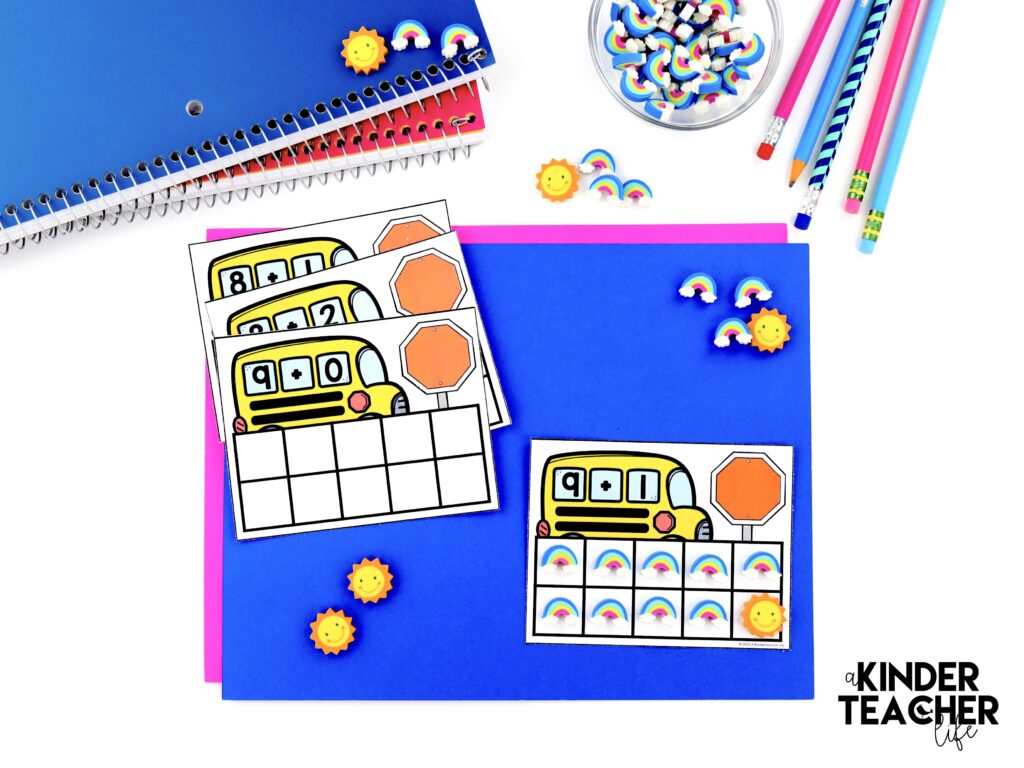
Use Visual Aids
Visual aids are excellent tools for young learners. Incorporate pictures, number lines, and charts to represent addition and subtraction problems. These visual representations enhance comprehension and enable them to see the relationship between numbers.
Introduce Number Bonds
Number bonds are a powerful visual tool to teach addition and subtraction. They help kinders to understand the relationship between numbers and how they can be combined or separated.
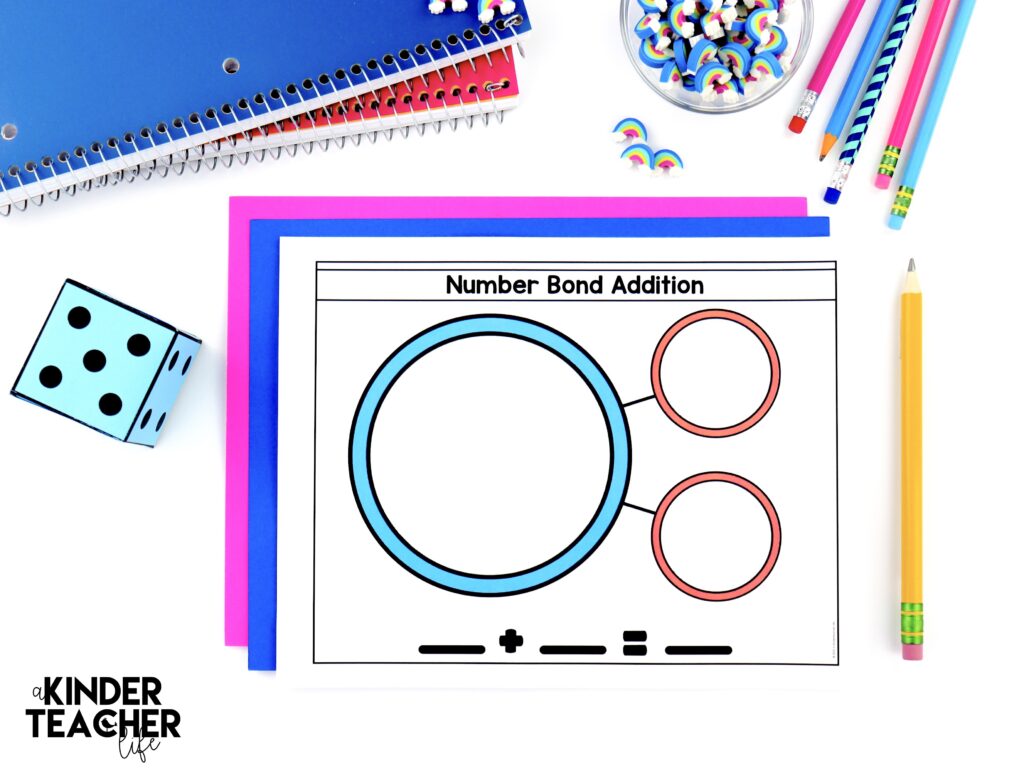
Engage in Real-Life Scenarios
Make math relevant by integrating it into real-life situations. Use their names and real-life scenarios that would happen in their daily life.
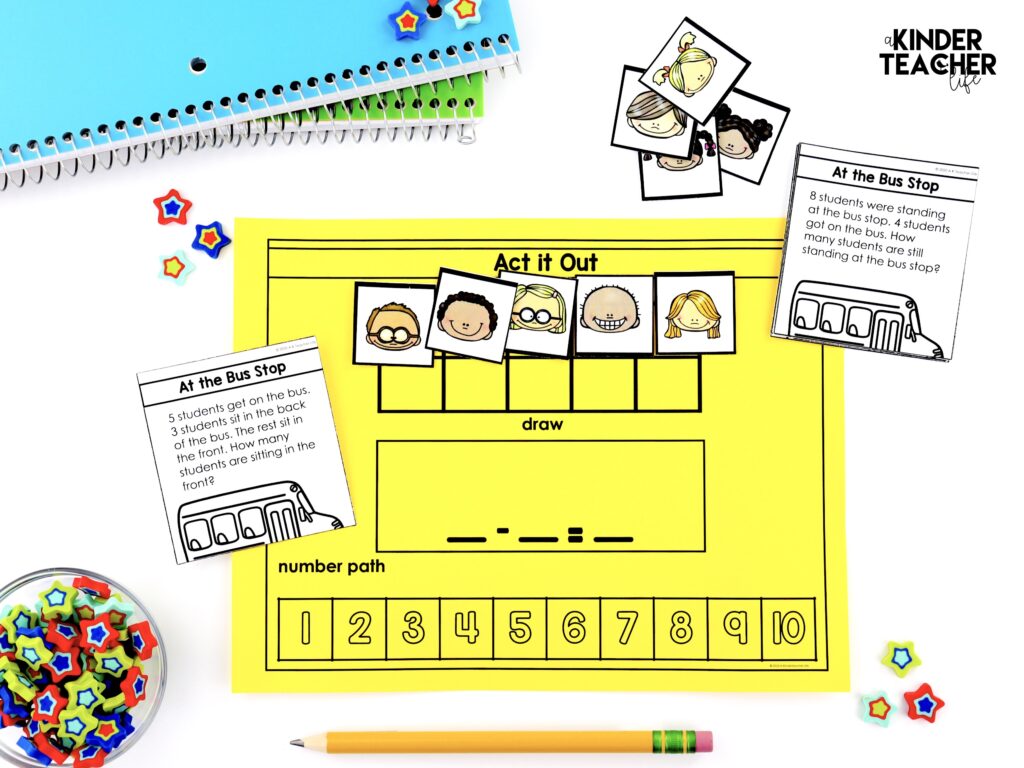
Relate Addition and Subtraction
Help kinders understand the inverse relationship between addition and subtraction. This skill is challenging! We usually focus on inverse relationships in first grade, but if you have kinders that are ready, you can teach it as an enrichment activity. Teach them that subtraction is the reverse of addition and vice versa. Reinforce this concept using related fact families, such as 3 + 2 = 5 and 5 – 2 = 3.
Encourage Mental Math
As your students become more comfortable with addition and subtraction and are ready, you can encourage them to solve problems mentally. Gradually reduce their reliance on physical manipulatives and encourage mental calculations.
Use Partner Games
Students learn from each other! Use dice, spinners, or cards to create simple addition or subtraction games. In the game Roll and Subtract, students take turns rolling a die, using a token to move that many spaces and solve the problem they land on. If they need help, they can use ten frame to solve. These types of games promote math talk and social skills like taking turns.
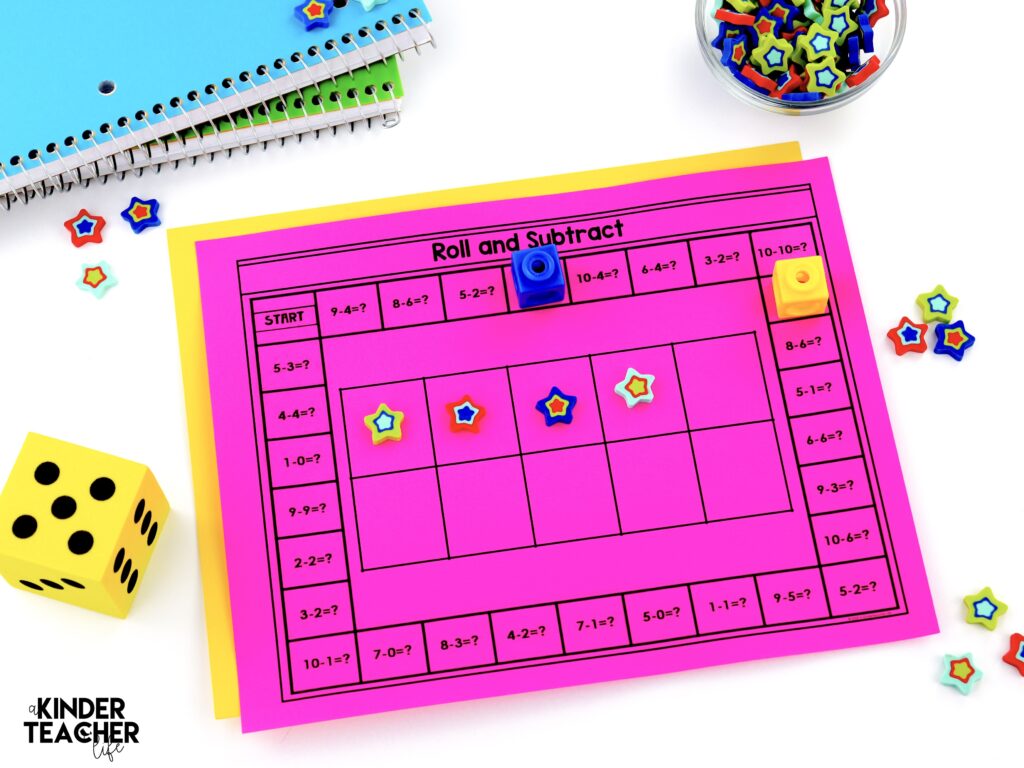
Practice With Worksheets and Digital Resources
Supplement hands-on activities with worksheets and digital apps or games designed for kindergarten math practice. Some free resources I have used in the classroom are Zearn and Freckle Math. Do you have Seesaw or Google Classroom? You can assign digital activities to each student. You could use them to help differentiate the skills each student is working on.
Celebrate Progress
Math is hard work! Acknowledge and celebrate your student’s progress i. Offer praise and encouragement for their efforts, and provide rewards or incentives for reaching specific milestones. Positive reinforcement helps build their self-esteem and motivation to continue learning. Be patient and supportive.
Get Addition and Subtraction Activities
My Addition and Subtraction Math Centers will help your students practice integral math skills. Here’s what a teacher said about them:
Great variety of activities that can be used in centers. I work on these with a small group and teach them how to play the game/use the resource and they have so much fun when they get to use it independently during centers!”
Get them below!
✏️ Addition Math Center – Kindergarten
✏️ Subtraction Math Center – K
✏️ Kindergarten Math Center Bundle
What tips and strategies do you have to teach addition and subtraction in kindergarten? Let me know in the comments section below.
Happy teaching,
Tee

